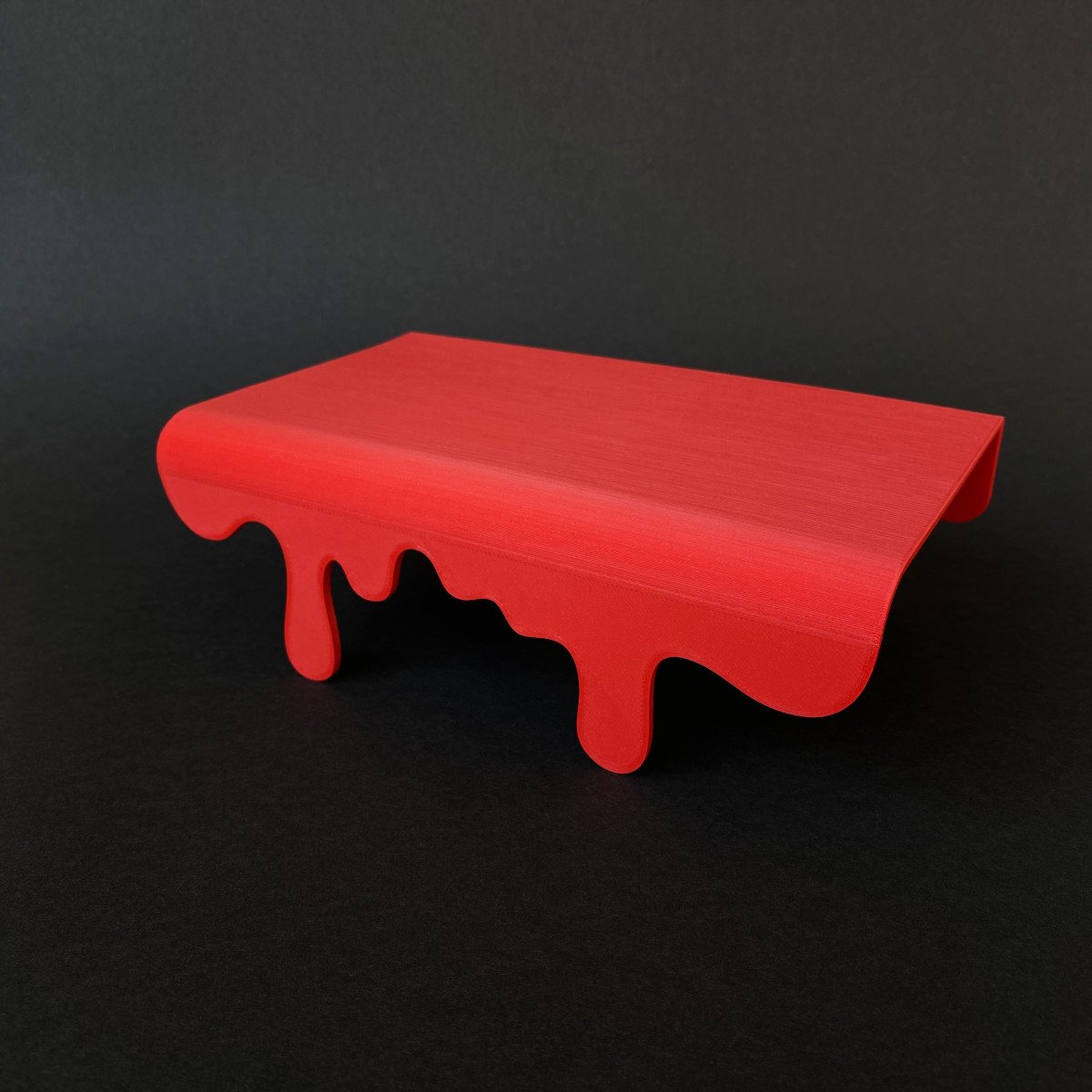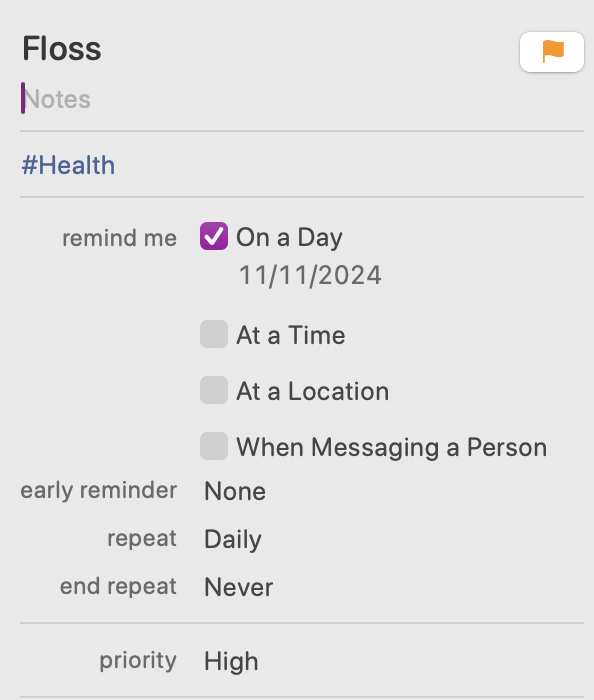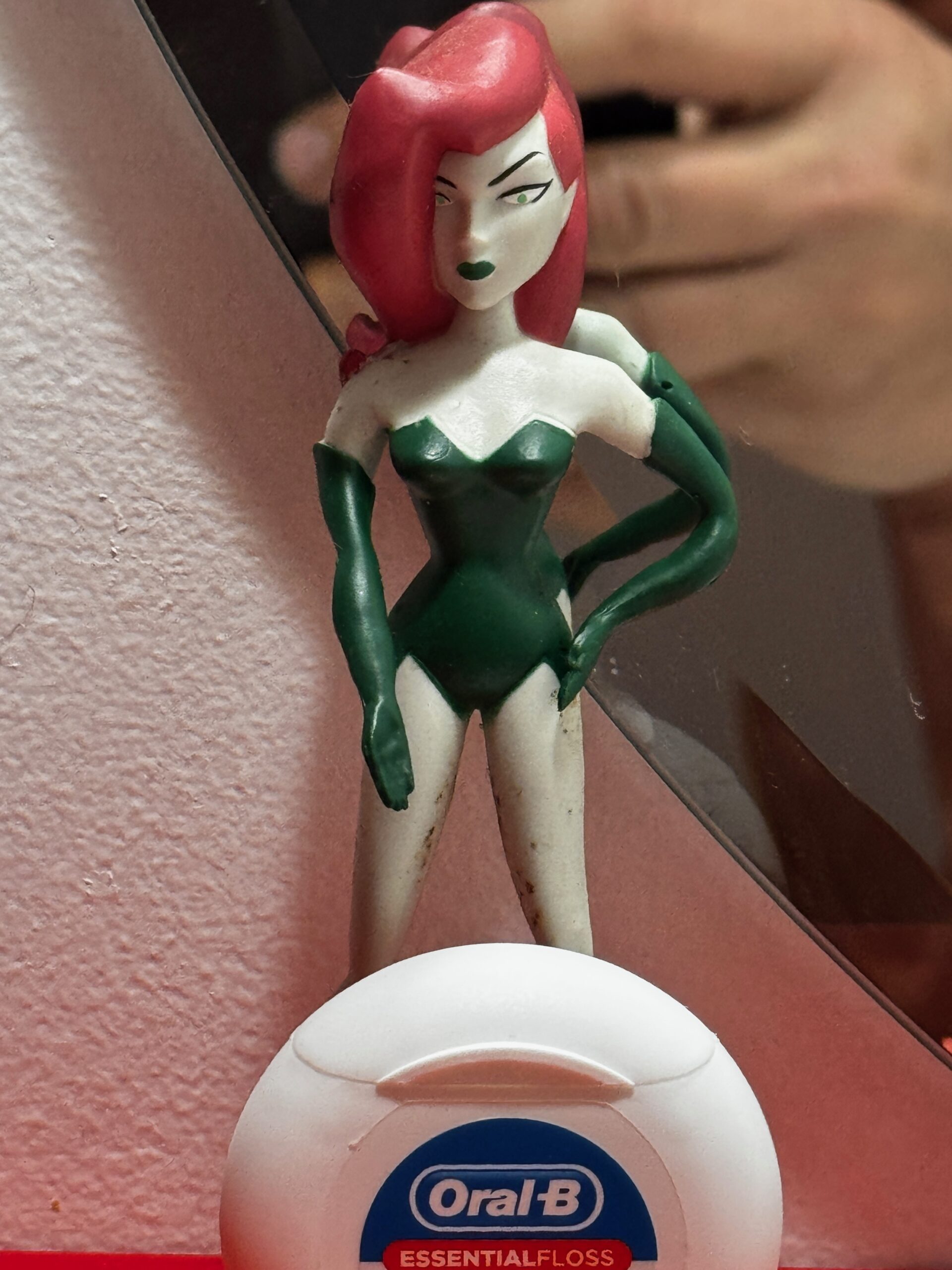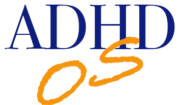
My dentist tells me I need to floss more.
To be specific, I need to floss more regularly — make it into a habit.
You’re fifty-six years old, Gray. Why isn’t it a habit already? I used to blame it on my upbringing — brushing was something encouraged, but for whatever reason flossing was never part of my bedtime or morning routine.
Now, though, I know that the truth of my ADHD brain is that it is not very good at creating habits, at least not in the tried-and-true “Atomic Habits” style.
This is due to a lot of things, most notably my brains poor use of available dopamine:
Habits are often formed through a process of repetition and reward. When the dopamine system isn’t functioning optimally, it can be harder to find the motivation to repeat behaviors consistently enough for them to become automatic. — Neurolaunch
Which means that even if my parents had encouraged me to floss, the odds of it becoming a habit — that is, something that I just do automatically without having to put much thought into it — are pretty low.
There’s no magic “30 day” or “6 week” rule.
ADHD coach Rachel Walker made an entire YouTube video about it:
“At the core of ADHD…is a dysfunction of our dopaminergic system. Your dopamine is disregulated. This is super important,…any habit strategy that you are using is built around this idea that habits are a dopamine driven feedback loop — but your feedback loop ain’t doing what other people’s feedback loops are doing” (emphasis added).
She adds that trying to form habits using the popular methods recommended by productivity culture is about as useful as “…reading an owners manual for a machine that you don’t actually own — and never will.”
At the same time, I know that I have formed habits. In fact, one of my most life-changing habits came using techniques advocated by James Clear (of Atomic Habits fame).
I started a morning pages habit (which later became a blogging habit) by “chaining”: connecting something I enjoyed (drinking my coffee every morning) to the thing I wanted to do (write).
I have established a habit of walking my dog every morning by reducing the friction between getting out of bed and getting out the door. I’ve also automated enough of my bills and savings habits to make budgeting much more easy than it used to be.
Neurotypical Habit Formation Ain’t Gonna Work — Now What?
Getting back to the original problem — needing to floss — this was not exactly an optional life hack. The dentist was very clear: it wasn’t that I should, it was that I needed to floss everyday or an already bad situation was going to become much, much worse.
Great — so even if my brain did work the normal way, I didn’t have three weeks to try and establish this. It had to be established right away, it needed to be consistent, and it needed to be something that didn’t require my executive function to make it happen.
Obviously, I was going to have to use my new favorite word, and – to paraphrase my favorite Martian — externalize the %@#$ out of this.
And that’s when my brain decided to write this article, because it envisioned a framework slightly more than Clear’s four-stage habit loop, but much more memorable because most of us have been reciting it since kindergarten:
Introducing the A-E-I-O-U Framework for Externalizing Habits for ADHD Brains.
We know that ADHD brains like to work on things that are interesting, new, fun, or urgent. So…how can I make those things part of my environment? And more important, how can I do it quickly and cheaply?
Here’s the process, and how I made each step apply to the flossing:
- A is for Accountable:This is where you get to make your Rejection Sensitivity Dysphoria work for you! Find someone — a friend, a discord buddy, your partner, even your kid — who you don’t want to disappoint. Explain to them that you will let them know, every day, that you’ve done the habit. Ask them to acknowledge it, a simple reinforcement reward like “Good job!” Making an “X” on a calendar, clicking a radio box button on an app is not the same; to paraphrase an old IKEA ad, “the app has no feelings.”
- E is for Easy: Like my habit of walking the dog, it needed to be little or no effort to floss. It may not seem like that big a deal to dig around in a drawer, open a cabinet, just like going up a flight of stairs seems really basic until you have a knee injury. I found a cute little shelf I could 3D print that goes with the rest of the bathroom decor, and I put it up right next to the sink at eye level, to hold the floss.

- I is for Inevitable: I needed to make the flossing something that I will be reminded of every day. You’d think that would be as easy as setting up a repeating reminder in your task manager of choice, right?

Except…it’s way too easy to just click on “dismiss”. I needed to make this a persistent reminder, kind of like the loud bleating that my phone emits if I haven’t told it I’ve taken my meds. There are apps like “Alarmed” and “Cheatsheet” that can help with that, but what you pick is going to be dependent on your own environment. What do you look at every day? Great. Put the reminder there. - O is for Obvious: Do not be subtle. ADHD brains are really good at being distracted and finding hidden tangents and rabbit holes, especially when faced with something you don’t want to do. Your inevitable and easy reminder needs to make it abundantly clear exactly what needs to happen next: Now I write. Now I floss.
This doesn’t mean you can’t make things that are more complex than flossing into a habit using the vow framework — but you’ll have to break it down into separate habits, until you get to the point where there’s nothing left to do except the habit. My “write my daily pages” habit had to start with a “sit down in my chair” habit, then an “open my journal” habit, at which point, since there was nothing in front of me but a notebook and a pen, my brain gave up trying to sidetrack me and just let me write. - U is for Unusual: Say it with me: I can do anything, as long as it’s interesting. I don’t just have a container of floss on a shelf; I have a container of floss on a shelf that looks like it’s dripping blood with a Poison Ivy figurine next to it in a Harley Quinn themed bathroom. My method of “accountability” was to send a picture of that figurine posed next to the floss. That meant that every time I floss, I had a creative challenge, a tiny vignette to create (often times thinking about it while flossing). That made that particular act into something different than the rest of my day, and yes, it really did get to the point where I looked forward to flossing because I’d get to do the photo.

Cute idea, but did it work?
Yes.
Much to my surprise. I have tried and failed many times in my adult life to form a flossing habit, including the “start with just one tooth” method from Zen Habits’ Leo Babauta, the “don’t break the chain” method from Seinfeld, and others.
The difference this time was that I wasn’t trying to rely on willpower, or memory. I looked at how my brain worked and changed my environment to match.
I haven’t missed a day in eight weeks.
In fact, it’s gotten so easy that I’ve thanked my accountability partner and set them free; I still have the little figurine to keep me company as I floss, but it’s just a happy reminder of some self-care that has become easy to remember and easy to do.
